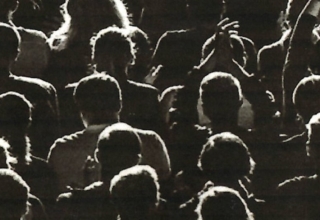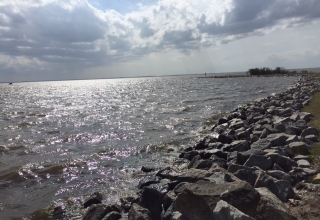
Suffice to say, there has never been a technology invented to date that did not have the potential for both good and bad, and the metaverse will certainly not be any different. That should not prevent us, however, from exploring the possible harm the platform could cause to society. For instance, it could act as a fertile environment for recruitment, whether into criminal gangs or into terrorist cells.
The web has become the bedrock of recruitment for all forms of modern extremism in recent years, and the metaverse promises to exacerbate the problem by making it easier still to meet up. Indeed, with technologies like deep fake videos rapidly progressing, it’s feasible that Osama bin Laden could be resurrected in digital form to give talks and recruit the next generation of jihadists. [What are the cyber risks posed by the metaverse? | Cybernews]
Deepfake technology
Deepfakes are images or videos which have been altered to feature the face of someone else, like an advanced form of face-swapping. Although there are some deepfake videos which are very clearly doctored and inauthentic, most look and sound convincingly real. The most common use of this so far has been deepfake pornography in which the face of an actor in a pornographic video is replaced with that of a celebrity.
Deepfake technology has also been used to contribute to fake news, hoaxes, revenge porn, and other types of deception. For example, a deepfake video could feature a politician saying things they never stated through image and audio manipulation, like this video of President Obama (898) You Won’t Believe What Obama Says In This Video! ?? – YouTube).
The names come from a combination of two terms: “deep learning” and “fake.” Deep learning is a type of machine learning based on artificial neural networks (ANNs). The artificial intelligence algorithm used to create deepfakes is enhanced by generative adversarial networks (GANs), which in this case has two neural networks working in tandem: one “generator” that creates the images, and another “discriminator” which determines how real or fake they appear. Once the data set has been analyzed on multiple layers (which is where the “deep” part of the name originates), it can then be extracted to be applied to other media.
For instance, certain types of deep learning software could analyze existing videos of a celebrity for 3D facial mapping, which aids in recreating realistic movements and familiar mannerisms and expressions in a deepfake video. Similarly, recorded audio of someone speaking could be processed for cadence, tone, and other speech patterns, allowing a deepfake creator to produce synthetic audio. As artificial intelligence technology has become increasingly sophisticated, it has also become easier than ever to create deepfakes capable of deceiving viewers. [What Is a Deepfake? Everything You Need To Know | DeepFake.com]
We are Vulnerable
It is feasible to imagine a future in which susceptible individuals become immersed in a fictitious virtual world and eventually believe that it is real. Indeed, this already occurs at some level. With the emerging metaverse, artificial intelligence technologies and deepfake capabilities creating a world, Machiavellian leaders will be capable of fabricating information and a worldview that fully convinces and indoctrinates susceptible individuals.
Download Article













